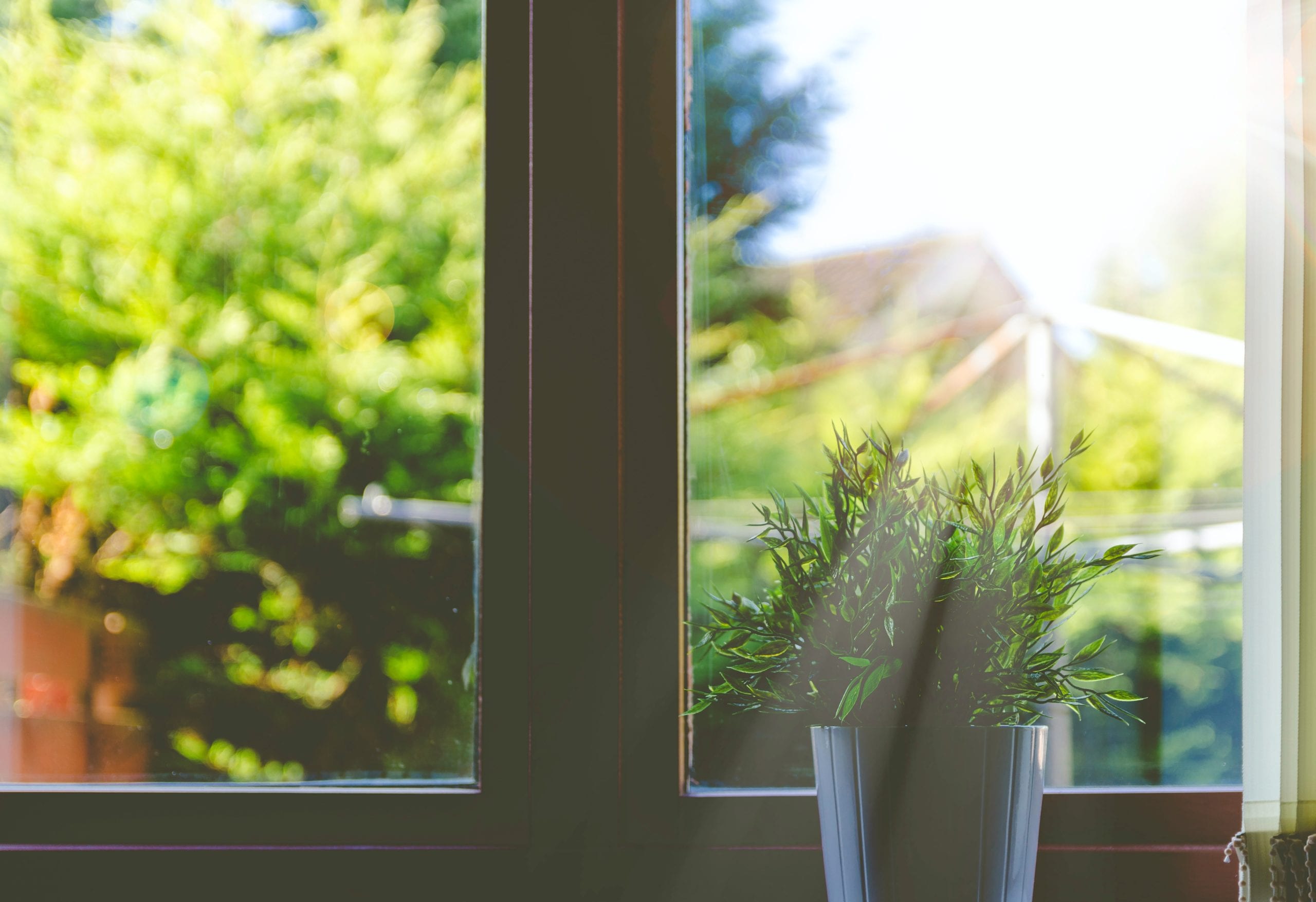Treehouse Village Ecohousing was founded with the aim of building a joyful, environmentally responsible, healthy, multi-age cohousing community in Bridgewater. The words “environmentally responsible” are reflected in the playful mash-up of “eco” with “cohousing.” We want to reduce our environmental footprint, and one of the ways we will be doing that is by building our homes to a very high standard of energy efficiency. And there’s no standard much higher than PHIUS.
The PH in the acronym stands for Passive House. Homes built to the PHIUS standard require minimal energy, ensure a healthy space with lots of air exchange, and cost next to nothing to heat and cool. They also tend to last well, being built to extremely high standards instead of barely meeting minimum requirements of code. Shortcuts that might be taken during construction are caught and corrected as each phase is tested and verified. And, by reducing maintenance needs over the long term, this scores well for sustainability.
All well and good, but why go to the extra effort and expense? Why not just ask for something a little better than code and trust the architects to get it right? Because of the PHIUS modelling process and the feedback that it gives to check and improve the design, that’s why. Here’s how that process works:
We send the architect’s plans along with information about the site to a PHIUS expert. The expert uses that information to build a model of the building that takes the plans, the construction details, the local climate, energy sources, building orientation, trees, and every possible relevant detail into consideration. They run the numbers to see if it meets all aspects of the standard. Almost inevitably, you fail on the first try. (We have good architects, but nobody’s perfect.) We improve the design and try again. We’ve already seen major improvements and more are coming. Few of those improvements will be visible to us, but we’ll feel the benefit and appreciate the low bills for electricity. (And, if the neighbour is cooking a Jigg’s Dinner, you probably won’t know it unless you’re invited over to share.)
There may be less expensive ways to build, but they usually result in cheaper buildings with a host of problems. We believe in investing a little more now to ensure long term satisfaction in healthy homes, as well as to minimize our long term costs and the environmental impact of the energy that a standard home requires.

Leave a Reply